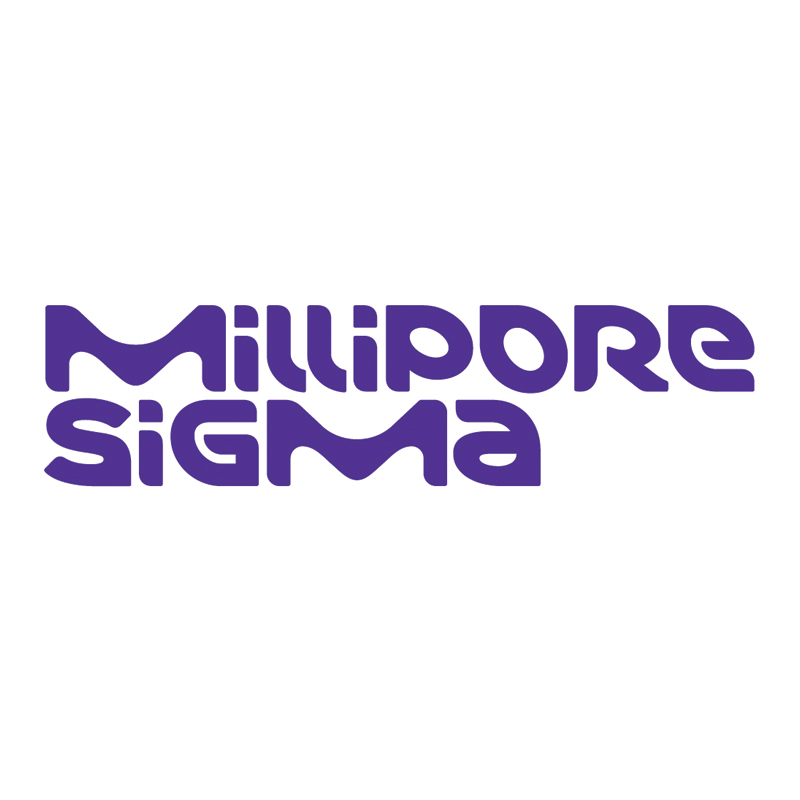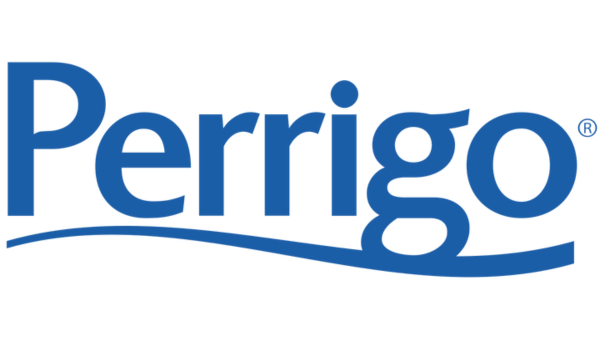Driving greater transparency and safer substitution with its commitment to sustainable chemistry

As a leading retailer advancing sustainable chemicals management in its products and supply chain, Walmart refreshed its program in 2017 to continue to advance transparency and safer substitution. With this effort, Walmart was the first retailer to participate in the Chemical Footprint Project (CFP) survey and set a target to reduce its consumable chemical footprint. Pure Strategies worked with Walmart to update its policy and leverage the CFP survey.
Walmart launched its sustainable chemistry policy in 2013 to reduce chemicals of concern and increase transparency for formulated home care, personal care, and cosmetic products, addressing approximately 90,000 SKUs and 700 suppliers. Through this collaborative effort with its suppliers, by 2017, 96% of “high priority chemicals” by volume weight were removed from the products sold in Walmart U.S., and the company established business-to-business and online ingredient disclosure requirements. Additionally, the retailer is actively participating in efforts to drive broad industry collaboration to advance innovation in green chemistry and safer products, and it earned the U.S. EPA Safer Choice label for several private brand products.
Walmart sets a chemical footprint reduction target
With this notable progress and several years of experience with the initial policy, Walmart decided to evaluate its efforts to determine where it should focus next. Pure Strategies helped Walmart identify best practices, implementation challenges, and opportunities where the retailer could increase expectations of its suppliers.
A top opportunity identified was to establish a measurable target to drive reduction of Walmart Priority Chemicals and Walmart High Priority Chemicals. Pure Strategies helped in assessing the baseline, quantifying the chemical footprint, to inform the new commitment. The new goal was defined to be, “By 2022, Walmart aims to reduce its consumables chemical footprint for Walmart U.S. and Sam’s Club U.S. stores by 10 percent.” This commitment aims to push suppliers to continuously improve and adds an easy to understand way to assess progress. It also aligned with the way Walmart had been tracking progress with supplier-provided information about ingredients, making it a feasible and effective strategy for the policy.
Walmart leverages the Chemical Footprint Project survey
Pure Strategies also brought the CFP survey to Walmart to support the company’s program assessment. The tool, launched in 2015, provides a cross-industry benchmark of chemicals management best practices in governance, strategy, supply chain engagement, external collaboration, measurement, and transparency to help companies move to safer chemicals.
Pure Strategies helped Walmart understand the survey questions, develop answers, organize supporting documentation, and identify opportunities for improvement. While Walmart’s program scored well, the survey revealed important improvement areas. These included opportunities to consider potential contaminants and address more product categories. “CFP is making data available for benchmarking and gap analysis, which are critical for us to understand where our company and our suppliers are on the journey to more sustainable chemicals,” explained Zach Freeze, Senior Director for Sustainability at Walmart.
Through this effort, Pure Strategies helped identify unique insight from a retailer’s perspective and provided that to CFP to consider as the program matures, such as differences in private brand and national brand businesses and added complexities with transparency across the supply chain. Walmart is engaging with CFP to support this program improvement. Further, as a signatory to CFP, the company has committed to participating in the Chemical Footprint Project Survey and will encourage its suppliers to participate in the survey as it has proven to be a valuable tool for advancing sustainable chemicals management.

